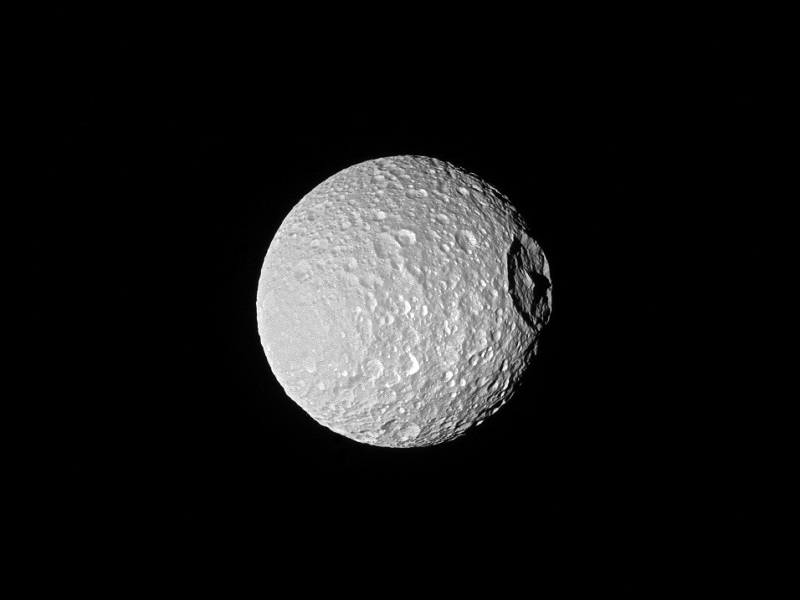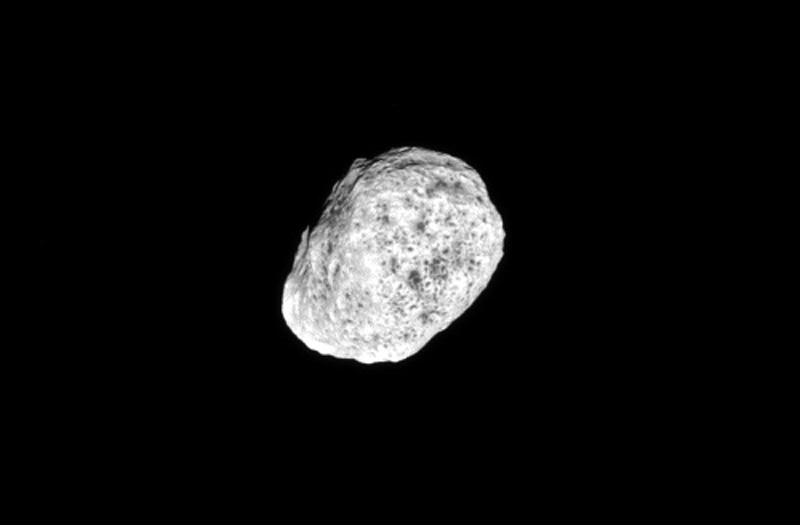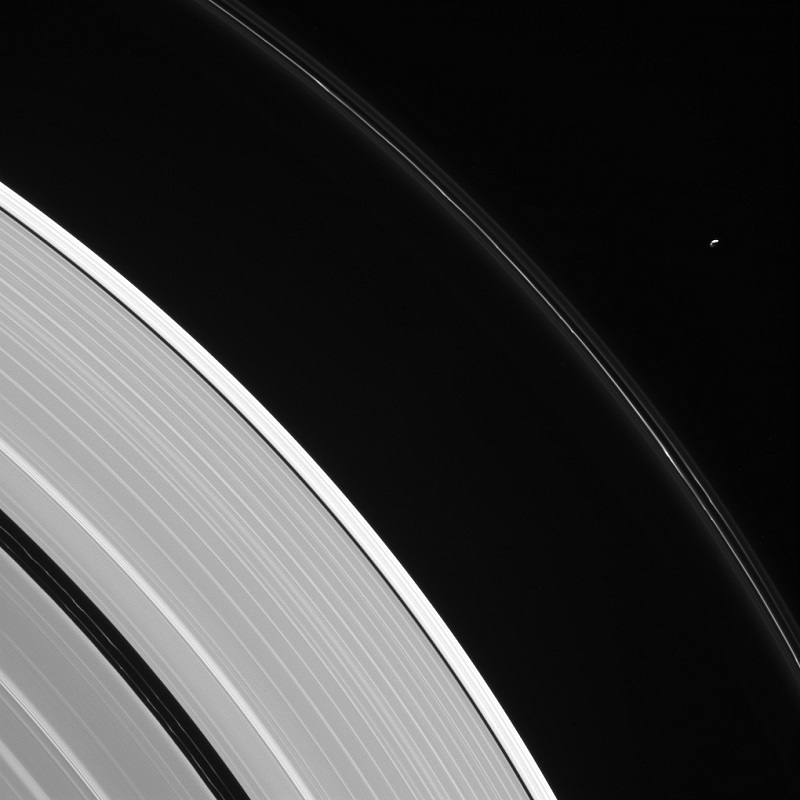NASA dixit:
“Nate made landfall over the weekend along the northern Gulf Coast as a Category 1 hurricane with sustained winds reported at 85 mph (~140 kph) by the National Hurricane Center (NHC) first at 7:00pm CDT on Saturday October 7th in Louisiana near the mouth of the Mississippi River then again several hours later at 12:30 a.m. CDT on Sunday October 8th near Biloxi, Mississippi before moving quickly moving northward through northern Alabama and central Tennessee.
NASA’s GPM satellite helped track Nate’s progress through the Gulf of Mexico and also captured Nate’s landfall on the north central Gulf Coast. The following animation shows instantaneous rain rate estimates from NASA’s Integrated Multi-satellitE Retrievals for GPM or IMERG product over North America and the surrounding waters beginning on Thursday October 5th when Nate first became a tropical storm near the northeast coast of Nicaragua in the western Caribbean until its eventual landfall on the northern Gulf Coast on Sunday October 8th.
IMERG estimates precipitation from a combination of space-borne passive microwave sensors, including the GMI microwave sensor on board the GPM core satellite, and geostationary IR (infrared) data. The animation shows Nate moving rapidly northward through the Gulf of Mexico on the 7th. Nate’s rapid movement from 20 to as much as 26 mph to strengthen despite being over very warm waters and in a relatively low wind shear environment. Nate reached a peak intensity of 90 mph sustained winds, which it maintained while passing over the Gulf of Mexico, but it did not intensify any further before making landfall. The animation also shows two 3-D flyby’s of Nate captured by the GPM core satellite as it overflew the storm just before landfall at 22:58 UTC (5:58 CDT) on Saturday October 7th and again at 08:42 UTC (3:42 CDT) on Sunday October 8th soon after Nate’s second landfall.
The 3-D precipitation tops (shown in blue) are from GPM’s DPR as are the vertical cross sections of precipitation intensity. The first overpass shows that Nate is a very asymmetric storm with most of the rainbands associated with Nate located north and east of the center. With it’s rapid movement, Nate was unable to fully develop and lacks the classic ring of intense thunderstorms associated a fully developed eyewall. Although overall much the same, the second overpass shows an area of deep, intense convection producing heavy rains over southwest Alabama.
Because of its rapid movement, Nate did not produce the catastrophic flooding that Harvey did. However, Nate is being blamed for 2 storm-related fatalities in the U.S. and at least 38 across Central America, most in Nicaragua and Costa Rica.
GPM is a joint mission between NASA and the Japanese space agency JAXA.”
Video credit: NASA Goddard












 Subscribe to blog posts using RSS
Subscribe to blog posts using RSS










